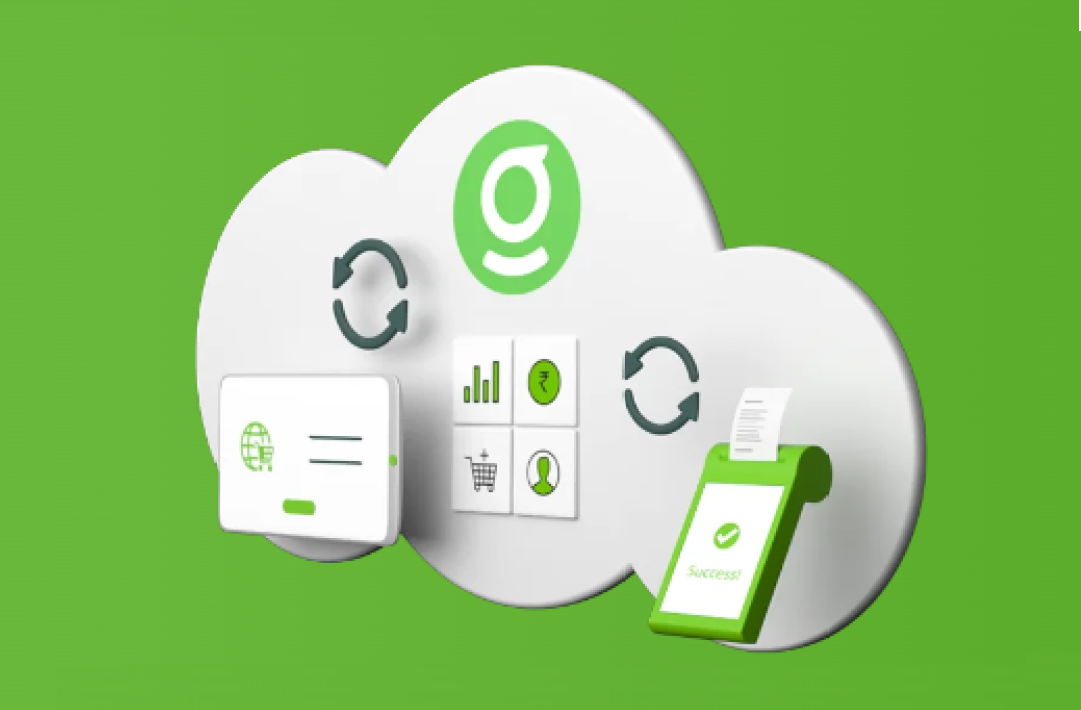-
Fil d’actualités
- EXPLORER
-
Pages
-
Groupes
-
Evènements
-
Reels
-
Blogs
-
Offres
-
Emplois
Why Modern Retailers Can’t Thrive Without Advanced ERP Solutions

The retail landscape has become more demanding—and dynamic—than ever. Between changing consumer expectations, hybrid commerce, supply chain disruptions, and evolving compliance rules, retailers face operational challenges at every turn.
At the heart of surviving and thriving in this environment is a modern ERP for retail stores—not a way to upgrade your backend software, but a strategic move to power your entire business.
Without an advanced ERP, retailers often rely on fragmented tools—one for inventory, another for billing, a third for finance. This creates messes in data, delays in synchronization, and blind spots in decision-making.
In contrast, a modern ERP for retail brings every function onto the same platform, transforming your business into an agile, responsive, and customer-forward enterprise.
1. From Data Chaos to Real‑Time Intelligence
Retailers that depend on spreadsheets, manual entries, or disconnected systems lose visibility and time. An advanced retail ERP eliminates these pitfalls by:
-
Consolidating real-time data across stores, warehouses, e-commerce, and mobile sales.
-
Automating reconciliation—sales, invoicing, stock levels, returns—and syncing them instantly.
-
Delivering unified dashboards for store operations, inventory, finances, and customer analytics with a single glance.
This ends the delays, eliminates guesswork, and turns your operational data into strategic insight—fast.
2. Intelligence That Drives Inventory Efficiency
Smart inventory is the lifeblood of retail profitability. Without precise control, you’ll overstock forgotten items and oversell high-demand SKUs.
Advanced ERP delivers:
-
Real-time inventory tracking across outlets and warehouses, preventing oversells.
-
Intelligent replenishment rules based on average daily sales or minimum balances.
-
Batch/serial traceability—critical for compliance, perishables, and recalls.
-
Store-to-store transfers initiated and tracked through the system.
This creates lean, responsive inventory with minimal manual oversight.
3. Building a Truly Omnichannel Customer Experience
Today’s consumer journey crosses many channels—store, website, marketplace, app. Without alignment, fragmentation creeps in:
-
Inconsistent pricing and promotions
-
Loyalty points that don’t translate across channels
-
Returns denied due to missing data sync
Advanced ERP ensures:
-
Unified pricing, discount rules, and loyalty across all platforms
-
Centralized customer profiles balancing transactions from every channel
-
Support for click-and-collect, in-store returns for online purchases, and cross-channel order fulfillment
This delivers a seamless customer journey worth loyalty.
4. Proactive Planning with Predictive Forecasting
Retailers using legacy tools react to demand—at best. Modern ERPs shift the game to proactive management:
-
Analysis of seasonality and trends across all locations
-
Forecasting models predicting inventory needs weeks or months in advance
-
Supplier planning that triggers orders automatically, based on predictive stock levels
You move beyond restocking to retailing smartly—matching inventory to demand without overcommitting capital.
5. Compliance and Tax Accuracy Without Headaches
As retail chains grow, they face GST, e-invoicing, and audit obligations—and data errors compound quickly.
ERP systems built for compliance include:
-
Automated GST and tax calculation with correct HSN/IGST/CGST/SGST
-
E-way bill generation and return-ready invoicing
-
Integrated audit trails, digital receipts, and easy export reporting
This reduces manual intervention saving money and eliminating risks.
6. Empowered Staff and Smarter Store Operations
Long gone are the days when store software only bills. Advanced retail ERP simplifies staff workflows and empowers sales teams to be more effective:
-
Mobile POS (mPOS) on tablets or smartphones—for billing anywhere in the store
-
Access to customer history and loyalty info in real time
-
Integrated inventory lookup and transfer requests
-
Print receipts, scan barcodes, and run promotions on the go
Retail staff become service champions, not just transaction processors.
7. Supply Chain Resilience and Fulfillment Agility
Retail isn’t just about shelves and customers—it’s about the whole supply ecosystem. An advanced ERP coordinates logistics and fulfillment:
-
Allocation of orders from nearest warehouses or stores
-
Multi-node stock movement with trackable transfers
-
Coordination of last-mile delivery, drop-shipping, and pickup
-
Reverse logistics flow with return routing and restocking
One system manages it all no more fragmented order workflows.
8. Future-Proofing and Scalability
If you’re running one store now and want to expand, your systems must support that growth without disrupting operations.
A modern ERP offers:
-
Multi-store and multi-country architecture built-in
-
Cloud-first design, removing local server overhead
-
APIs for integrating e-commerce, loyalty, analytics, logistics
-
Scalable pricing models matching store growth
You grow without infrastructure growing headaches.
Conclusion: GinesysOne – Retail ERP That Powers Growth
When retail transformation meets real-world needs, GinesysOne stands out. Its integrated ERP built for stores, inventory, finance, order management, loyalty, and compliance connects every part of your globe-spanning business.
With cloud-native architecture, GST-ready modules, mPOS support via Zwing, forecasting tools, and seamless marketplace integration, GinesysOne delivers the infrastructure modern retailers need to thrive.
- Art
- Causes
- Crafts
- Dance
- Drinks
- Film
- Fitness
- Food
- Jeux
- Gardening
- Health
- Domicile
- Literature
- Music
- Networking
- Autre
- Party
- Religion
- Shopping
- Sports
- Theater
- Wellness
